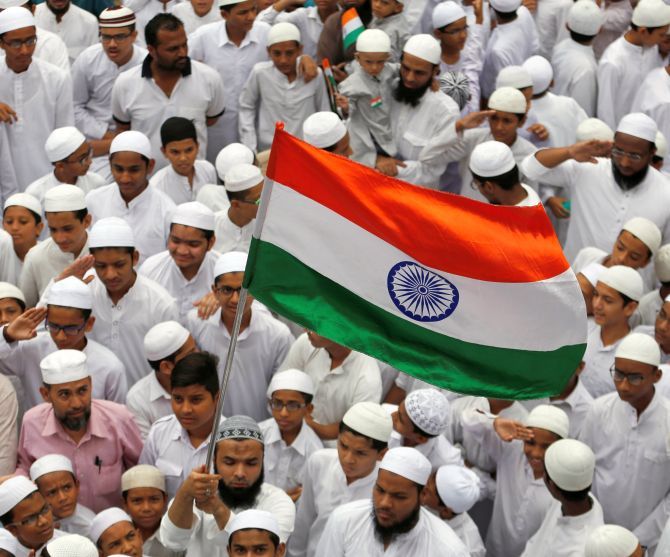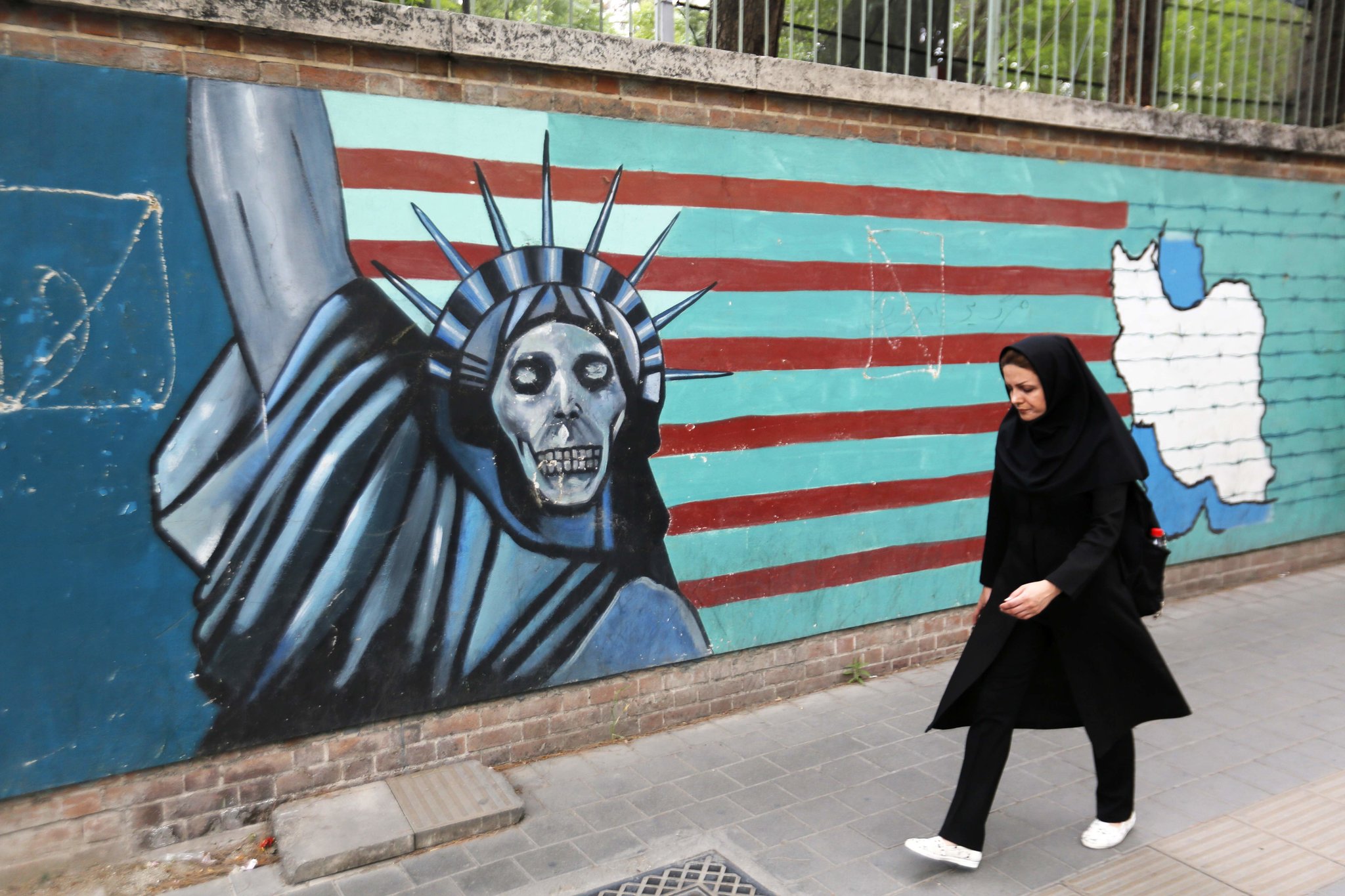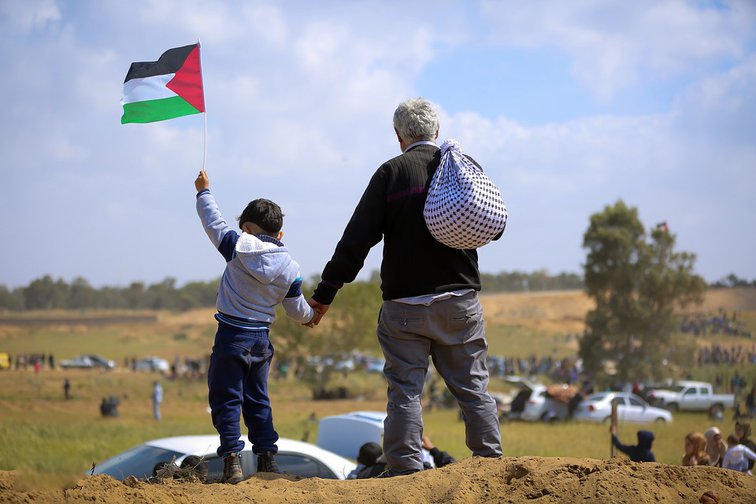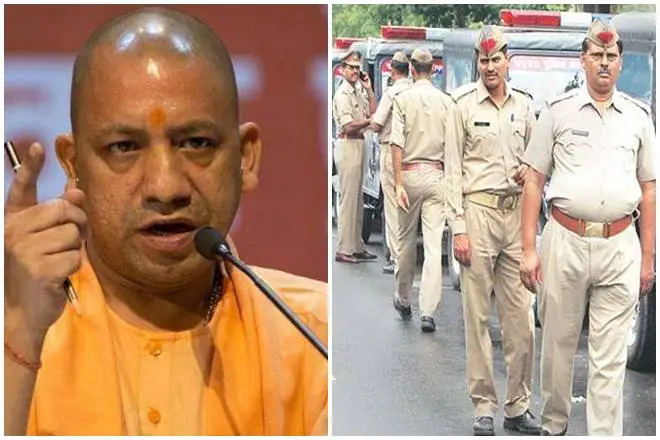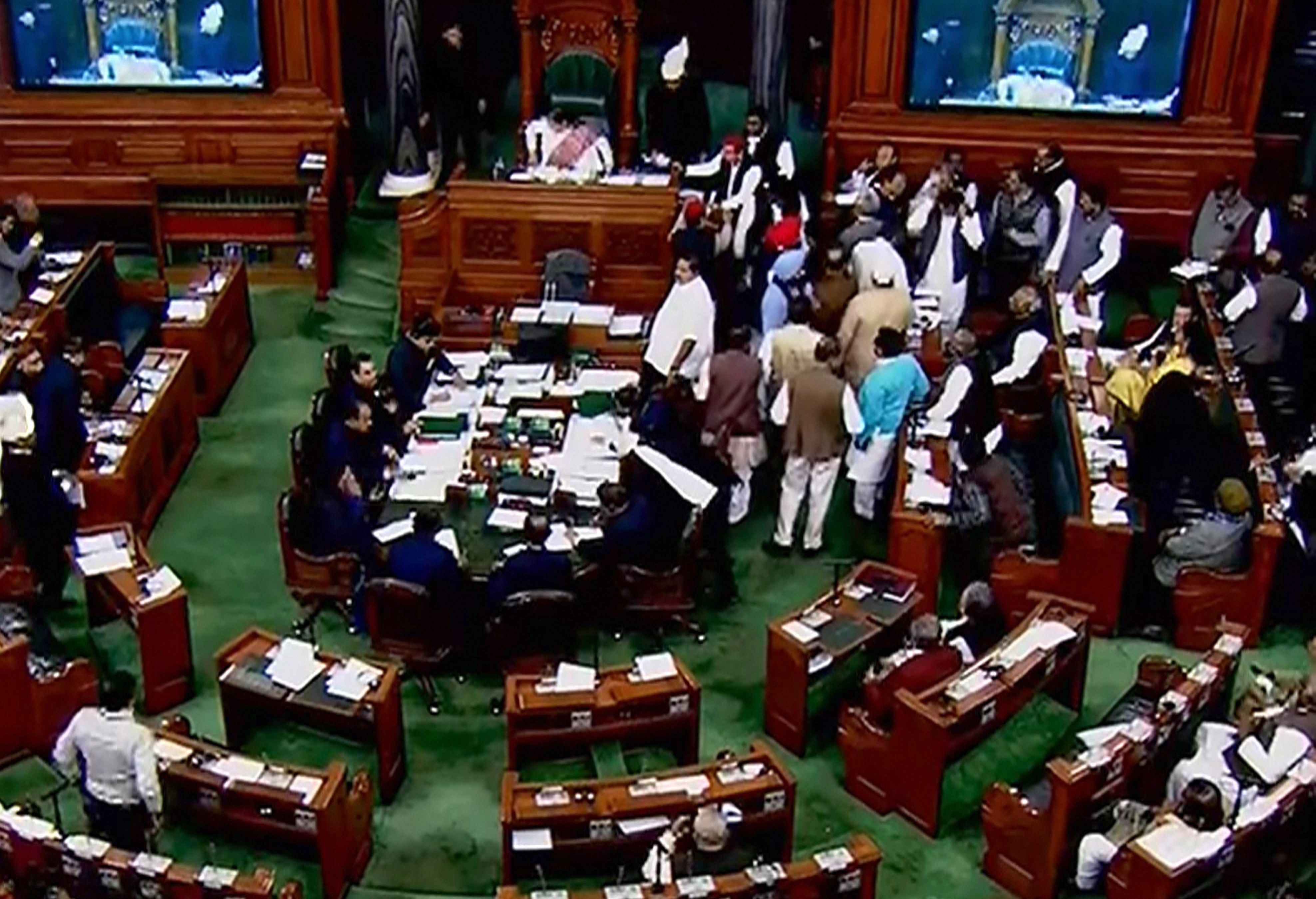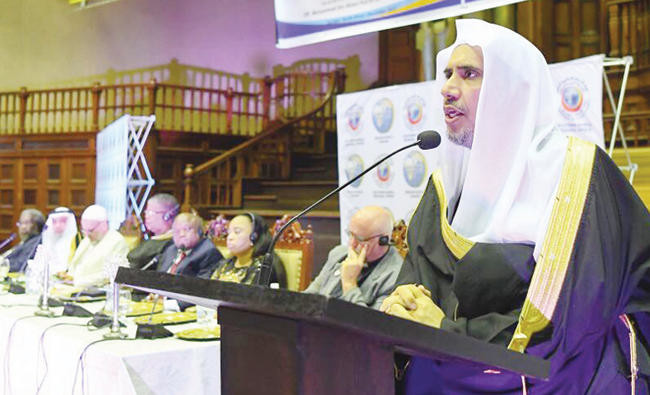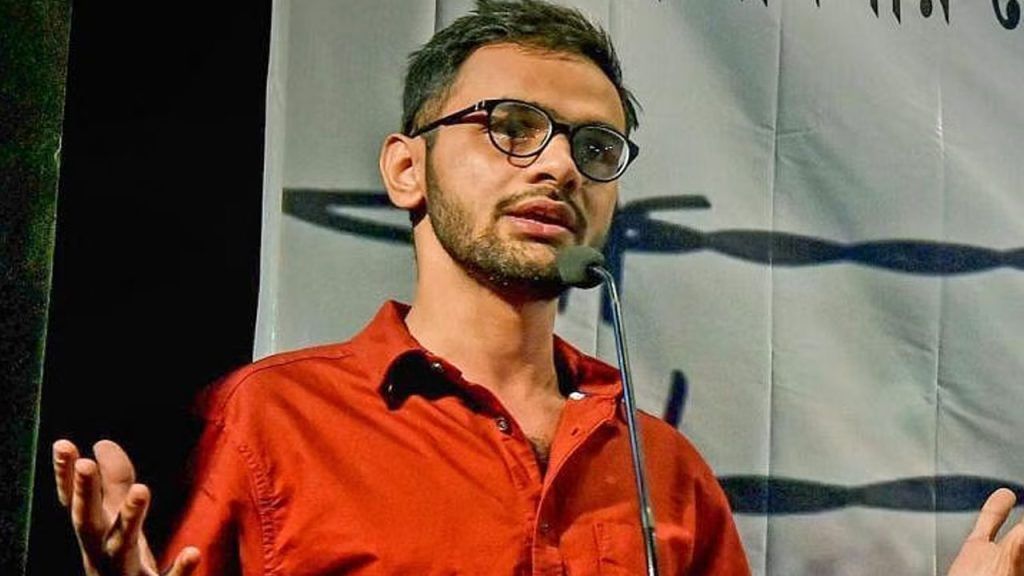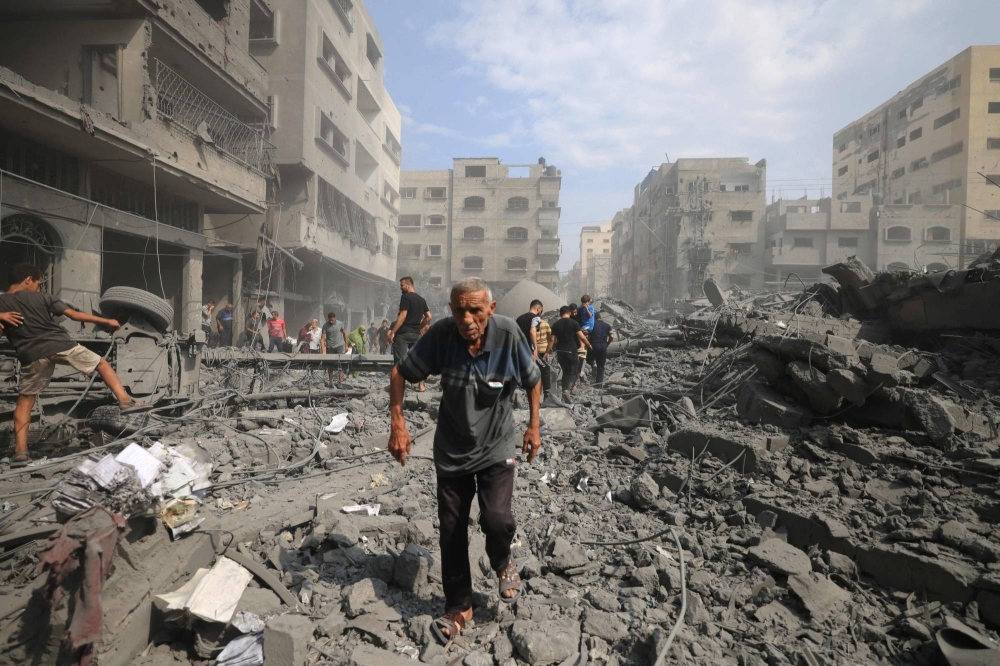India is a nation that makes up the second largest population of Muslims after Indonesia. Muslims are the largest minority group of India that is about 14.2% out of the total 1.25-billion population. A number of socio-development indices and reports indicate a low status of Muslims. Moreover, the recent rise of religious nationalism and communal conflicts has accelerated the destitution of Muslims and marked a dent in their economic development.
Socio-Economic Facts
Despite India’s rapid economic growth and policy reforms for the development of Muslim minority, there is no improvement in their socio-economic conditions.
According to census 2011, every one out of four beggars in India is Muslim. That is a quarter of the total 370,000 beggars. Muslims are behind in every socio-economic indices. The situation of Muslims is in disparity and apathy.
Also Read: Islam in India: Then and Now!
When talking about their development, there are always contrasting views from very different groups. Some ideological groups consider them as a threat to the limited resources. But the Sachar report in 2006 explores and proves the degrading conditions of Muslims in India. The report shows that Muslims are living in extreme poverty and have low literacy among them. Muslims are largely self-employed but they do not have enough access to credit facilities.
Sachar committee even reports that their condition is parallel and sometimes worse than than other backward castes like Schedule Castes. Government development programs were launched in this backdrop but could not make much progress. Still the Government employment rate is 8.5%, a way less than their population ratio.
In higher education, enrollment ratio is low for Muslims that is 13.8% as compared to all India enrollment ratio of 23.6%.
National Sample Survey Organisation of India also reports that literacy rate among Muslim adult males is lowest within all other religions groups.
Even Muslim population in jails are also growing up.
Rise of Religious Nationalism
After independence, India adopted a concept of secular state that do not endorse any one religion and there is a separation between state and religion. This concept is the foundation of the peaceful existence of India with such diverse religious groups. But over the time political parties unduly favour or supported one or the other religious groups for their vote bank and created a raft among people.
Also Read: Why Is Indian PM Modi’s Silent About Attacks Against Muslims?
The recent idea of Indian Nationalism seems to be inspired by the British colonial expressions that divided India on communal lines. This ideology presents Indian cultural history separated as ‘Indigenous’ Hindu history and ‘Foreign’ Muslims history. This very notion perpetuates the religious division.
These religious consciousness is not their own but have been crafted by these events over the time.
The existence of a number of religions in India is organic and progressed over a long period of time.
Though people have different faiths, they share common history, culture and a way of life. This is the reason for the peaceful existence of such a diverse population in India. Current developments like Hijab controversy, biased citizenship laws, derogatory slogans against Muslims can create forceful conflicts within people associated with different religions like the one by the colonial government that divided India on the lines of religion in the past.
People have been reminded of their exclusive rights over the shared resources of India. As a result, people are wasting much of their precious time in grabbing the largest chunk of resources. They are less considering creating even a bigger pie of economic resources out of the world economy. Hence, the most important human resource is wasting its energy and time on issues of religious identities, cultural dominance, who wears what, mending eating habits and curating slogans for hatred.
Also Read: Racism – An integral part of India
Hijab controversy even brings youth into the fold of this futile jibe from the research, development and innovation led environment of universities and schools. Young minds are now captured with low grade issues of proving their originality, greatness and dominance. No matter if they fall way behind the world community in Economic Development, Research and Innovation.
Also Read: Hijab Ban- Denying Education to Students
Government can not afford to just consider India as a great civilization without a secular, democratic, diverse and tolerant political structure.
Religiously inspired political appeals often use moral and ethical rhetoric for economic austerity reforms and anti corruption measures.
Religious nationalism defends majoritarianism politics that excludes the minorities from their rights and resources. From the first sight of the appearance of such politics, tensions and conflicts arise among the majority and minority groups.
Largest Violence Outbursts
Largest Violence Outbursts
Babri Masjid demolition in 1992 where an ancient mosque was demolished by the Hindu mob with deaths of around 3000 people mostly of Muslims people. This led to the continuous tensions, riots and conflicts.
Gujarat riots 2002, where hundreds of Muslims were killed, women raped and businesses were burned and destroyed.
Muzaffarnagar clashes in 2013 erupted among Hindu and Muslims where many died and thousands leave their home and stayed in relief camps and never returned to their places.
Mob attacks on Muslims have become so common that the Supreme Court of India says that it can become a new normal.
According to the Human Rights Watch report, many Muslims have been killed by the so-called cow protection groups.
New Delhi clashes in 2020 resulted in deaths of around fifty people, most of them Muslims as a clash for protest against the Citizenship Amendment Act. This was the worst communal violence in decades of Delhi’s history.
World Views for Rising Discrimination in India
Recently US Secretary of State Anthony Blinken voiced concerns over the rising human rights abuses by government functionaries in India. He shares his commitment with the world’s largest democracy to protect democratic and human rights.
The U.S. Commission on International Religious Freedom, an independent government agency, in its USCIRF 2020 Annual Report places India as a nation of particular concern with its lowest ranking on religious freedom. This commission even advised the U.S. Government to put sanctions on those Indian officials who are involved in abuses.
The Organisation of Islamic Cooperation (OIC), a group of fifty Nation States, also urged India to take actions to stop the growing rise of Islamophobia.
United Nations Human Rights Office call new citizenship amendment act as fundamentally discriminatory in nature.
The UN Secretary-General Antonio Guterres says that this law can make the people stateless.
Points to Conclude
Government promises to make India a world factory with the slogans of Make in India and self-reliant India can not be achieved without inclusion and development of its largest minority group. Afterall, how can a big chunk of the population remain idle without economic contribution? Government has to give skills, education, resource access and ability to Muslims to come to the mainstream and become a wheel for economic development and growth of the nation.
Also Read: 2 Billion Muslims must send a Stern warning to India’s Nazi-like government to stop its anti-Islam discourse
Division of communities on the line of religion and caste will only exacerbate social and religious tensions among the country that will not let the nation become a progressive and leading economy. Indian political groups should rather focus on providing growth, well-being and happiness to its citizens. Hatred, communal fissures and bloodshed will ultimately lead to the doom of all communities irrespective of their affiliated identities.
Progress can only come after peace, tranquillity and togetherness.
So, its obvious loss for all citizens if conflicts and doubts remain among them for each other.



 Featured1 year ago
Featured1 year ago


 Featured2 years ago
Featured2 years ago
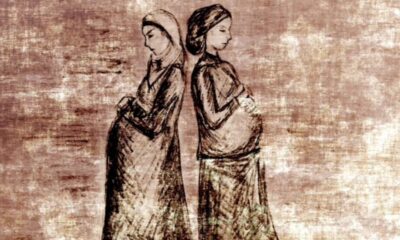

 Featured1 year ago
Featured1 year ago
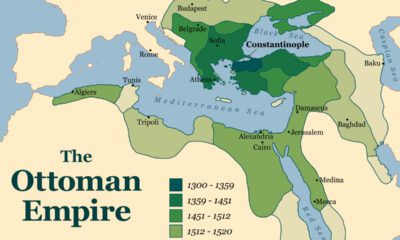

 Featured3 years ago
Featured3 years ago


 Featured4 years ago
Featured4 years ago


 Featured2 years ago
Featured2 years ago
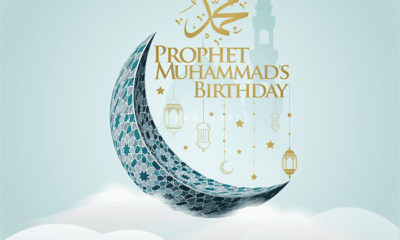

 Featured1 year ago
Featured1 year ago


 Featured2 years ago
Featured2 years ago